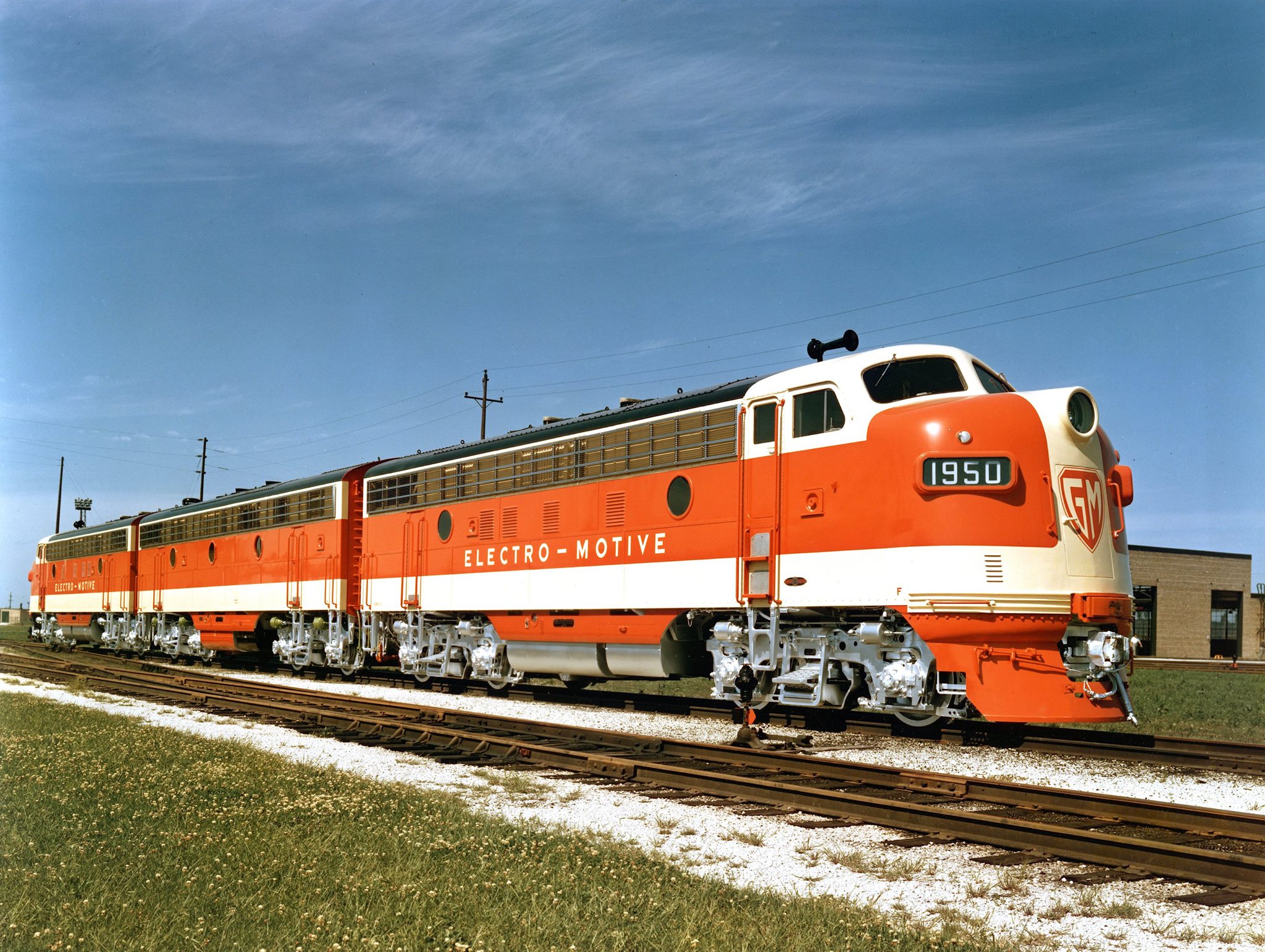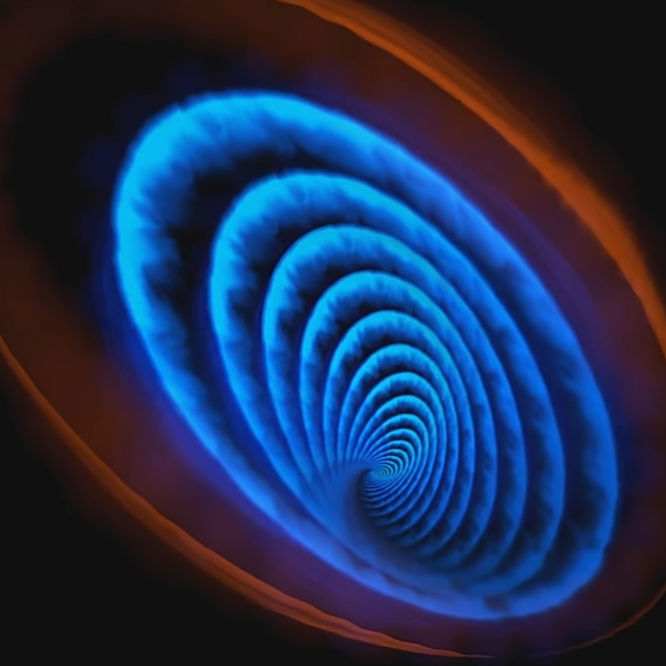shamelessly stolen from nixCraft on mastodon
Your USB is probably named ‘/’ or ‘~’ so give that a go.
deleted by creator
I actually did this once. My USB was on /dev/sda instead of sdb and I didn’t bother to check. It took me like 2 days to fix it because you can’t just delete partitions and start over normally, it changes some flags on your drive that you need to manually reset for them to be usable again. Fun times.
I once mistyped and didn’t realize until it was done that I wrote a Fedora ISO to the home partition. I didn’t even realize what I did until everything was done and wiped out.
When you hit enter on the DD command, and your main storage light suddenly starts flashing.
When you hit enter on the DD command, and your eyes suddenly start flashing.
Little Jimmy wanted to try Fedora, But little Jimmy is no more. For what he thought was his external drive, was actually his cerebral core
Obligatory useless use of dd comment.
Except the proposed alternative should not be
cporpv, butdd bs=4M oflag=direct,sync status=progress.I feel like I’m taking crazy pills with all the advice in this thread, because for USB keys you will otherwise end up instantly filling the write cache… which will block the apparent progress of the copy operation (so why even use
pvsince all you’re doing is measuring your RAM speed and available cache size) as well as heavily slow down (even potentially partially freeze in some circumstances) the rest of your system as the kernel is running out of free pages and can’t flush caches fast enough due to the slow-ass write speeds of usb keys.* (Alternatively there is a kernel setting somewhere to disable caching globally for a block device… but in most cases caching is good, just not when you’re flashing an ISO).
You used something called disk destroyer, and you just found out why
Disk Duplicator is a destroyer? Man, I used to image so many drives with DD back in my helpdesk days…
dddoes not stand for “disk duplicator”. That’s a modern backronymization that doesn’t reflect the original general usage of the command which is to “convert and copy”. Efficiently (with respect to I/O) copying raw data is only one of its intended purposes; it also converts text encodings.
Another advantage of having a NVMe SSD, hard to confuse /dev/nvme0n1p2 with /dev/sda1
I just make use of my paranoia, so I triple and quadruple check. Then get a coffee and quadruple check again. Never messed up once
It’s even easier to prevent confusion if you use /dev/disk/by-id/ id’s, it only took a few times of overwriting the wrong disk to figure that out.
When I accidentally decimated my external hard drive, it had NTFS cause there were a few windows machines I would plug it in. Then I reformatted the disk but then I thought to myself, should I have another partition for my Linux machine because that drive gets corrupted and then I need to plug to a Windows machine to repair it once in a while. Then I created an ext4 partition on the disk. Then a few days after I shrinked the NTFS partition and extended the ext4 to the whole disk. Now that disk only has one partition called sda2. Which is kinda weird but makes it easier to distinguish from others disks on the system.
How can I figure out which direct device is associated with a specific id?
ˋblkidˋ or take a look around /dev, devices are symlinked to their various attributes.
Not sure if it is equal on all distros but on every one I have used it’s a readable string of muliple components. One of them is “usb” for a usb mass storage, so if it is the only one you have connected to your computer it is very obvious. For like sata disks it has the manufacturer and serial on it so you can match what drive it is you want to write to. Also, the name is pretty unique (on your sysytem at least, globally I don’t know), so even if you swap hardware around, you cannot write to the wrong storage if you got the right name. Like “sdb” can be reassigned, but the id is an id.
Anyone who hits enter on a dd command without triple-checking it gets exactly what they deserve.
That’s why it called dd: don’t dare
Fun fact: you can use
cat image.iso > /dev/deviceand it (should) just works.Yay, more ways to (accidentally) destroy my data!






